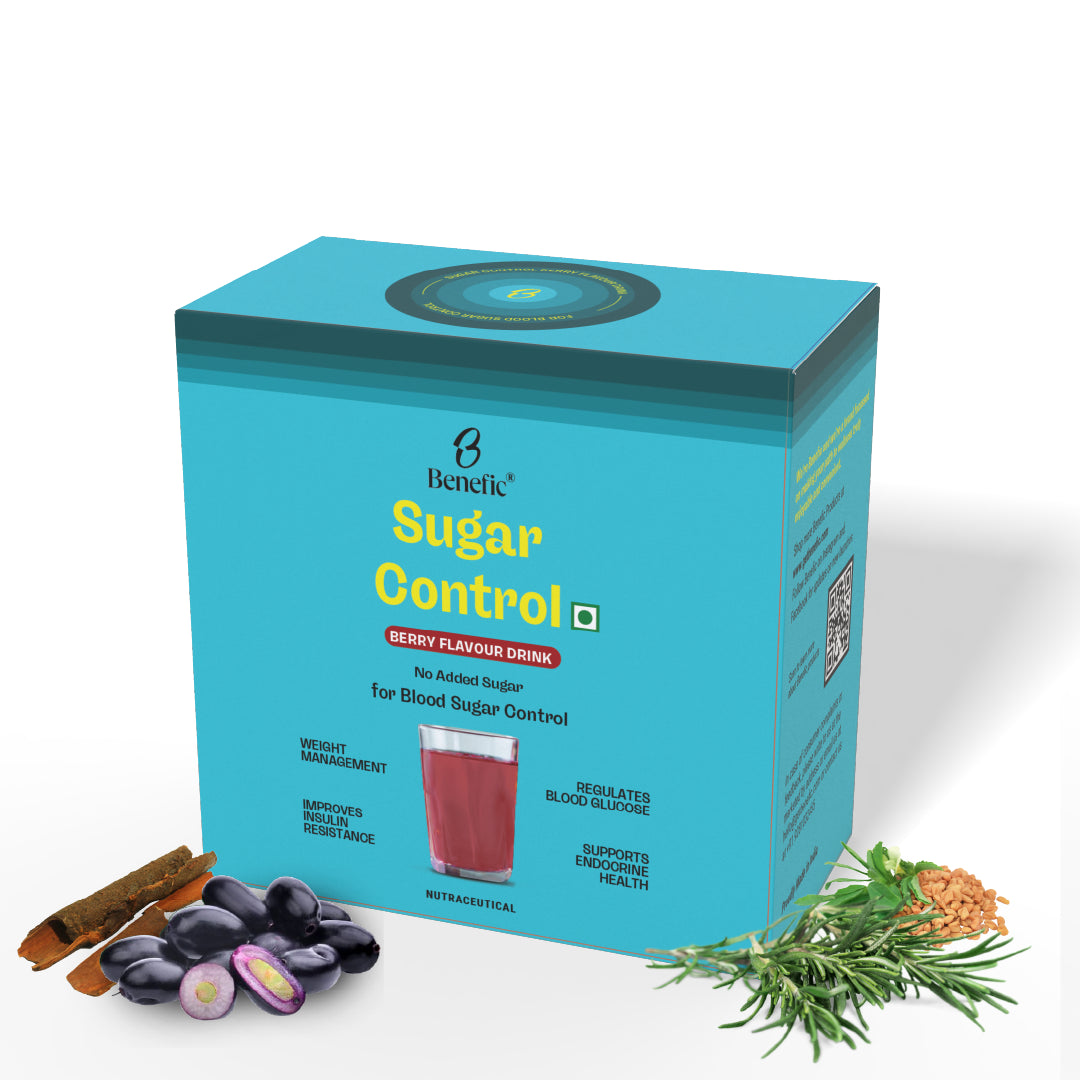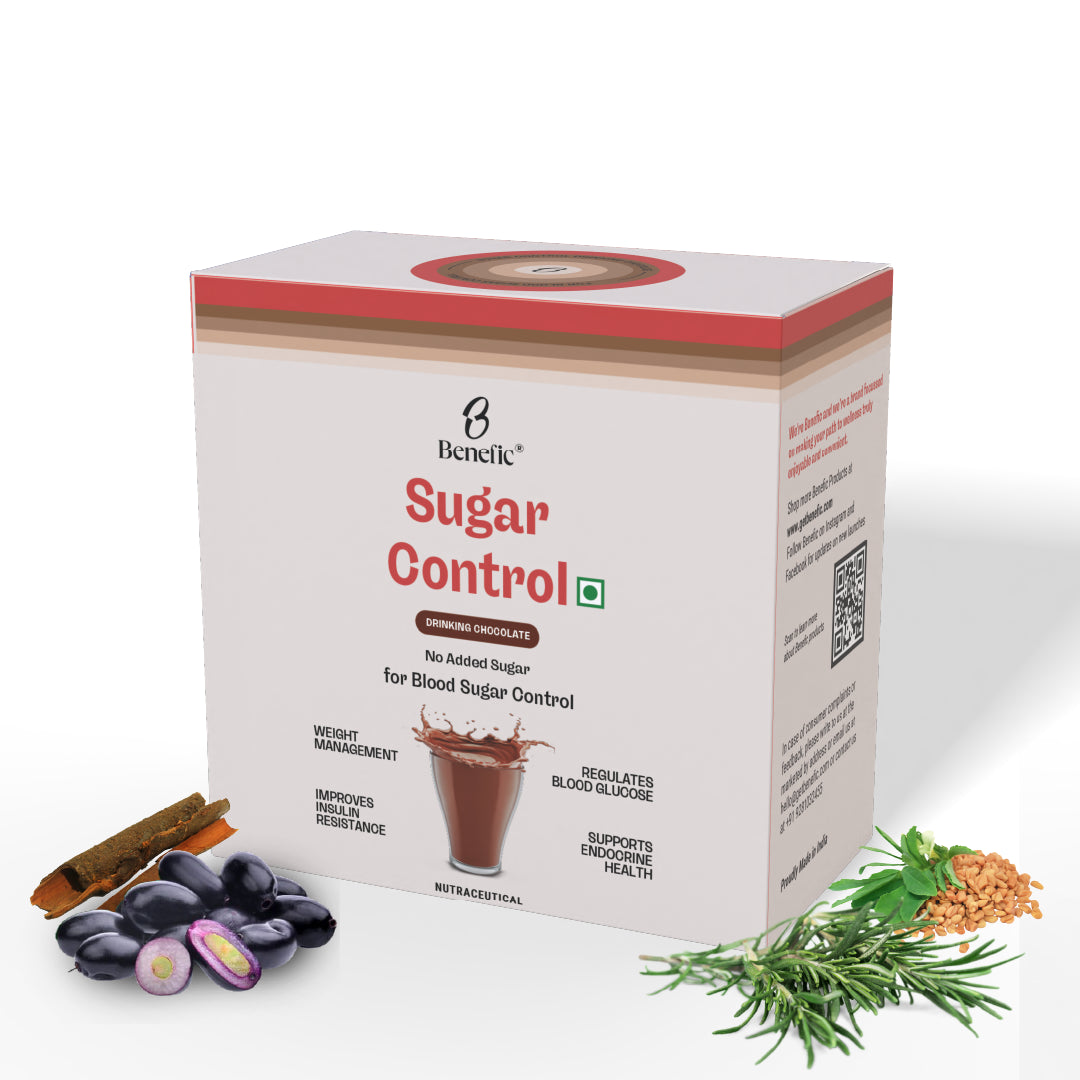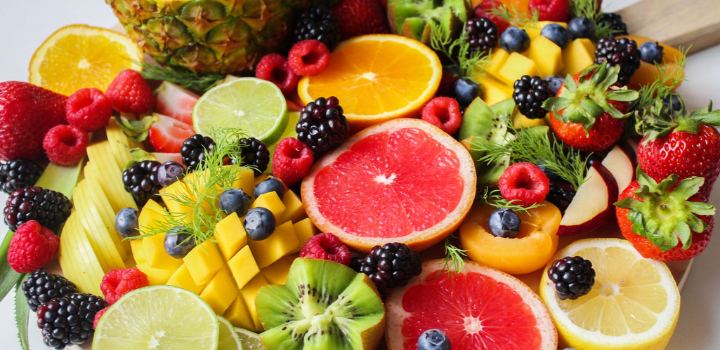Fruit is your friend, but what if you have diabetes?
Diabetes is a disease of high blood sugar. So why would you consume fruits loaded with sugars and add more sugar to your diet?
These are some of the most common questions people ask when diagnosed with diabetes. Whole fresh fruits contain fibre, vitamins, minerals and antioxidants. Especially red, purple or blue-coloured fruits are packed with many antioxidants. These antioxidants help prevent inflammation in the body that could lead to many chronic diseases, including type 2 diseases. However, most fruits contain sugar, raising questions about whether fruits are suitable for people with diabetes.
Carefully selected fruits, a nutrient-dense food group, can be part of a healthy diabetes treatment plan. However, people with diabetes should be very cautious. Some fruit choices may affect blood sugar levels more than others. The fruits we consume now are hybrids, and over the years, they have been bred to become sweeter and sweeter. Fruits should be seasonal. If you are consuming them all year, that is not natural. And most people do not differentiate between whole fruit and fruit juice. This article will help you make smart decisions about the fruits you eat.
Understanding the "Glycemic Index" of fruits
Whether you have diabetes or not, one way to select suitable fruits and other carbohydrate-rich foods is to check their glycemic index (GI). The GI is a specific rating of foods on a scale of 1 to 100, indicating how quickly the food raises blood sugar levels.
In simple terms, foods with higher GI scores are absorbed faster than foods with lower GI scores. Foods that get absorbed faster tend to increase blood sugar levels rapidly. Thus, foods with a lower GI scores are better for helping to control blood sugars. Below are the GI values of some of the commonly consumed fruits:
Low GI Fruits: 20-49
- Apples
- Avocados
- Blackberries
- Cherries
- Grapefruit
- Guava
- Peaches
- Pears
- Plums
- Strawberries
Medium GI Fruits: 50-69
- Figs
- Grapes
- Kiwi Fruit
- Mango
- Oranges
- Raisins
- Bananas
- Dates dried
- Papaya
High GI Fruits: 70 and above
- Watermelon
- Pineapple
- Cantaloupe
Sugars in fruits
Fruits have a high amount of sugar called fructose. Fructose can bypass an enzyme signalling system that signals when cells have had too much sugar. But fructose does not go to all the cells in the body as glucose does. Fructose is broken down or metabolised by the liver. Instead, it all goes to your liver, so sometimes it does not increase your blood glucose as much as sugar does.
It might mislead you to think this is good for you but remember that your liver must process all the fructose you eat. Consuming too much of it could lead to insulin resistance, which will raise your insulin. If your liver has to handle excessive fructose, it will convert it into fat, cholesterol, and triglycerides.
If you consume a lot of fructose in one go, it can raise blood sugar levels. But the same is unlikely to happen when you eat whole fresh fruit. Studies have found that eating fresh whole fruit does not significantly impact blood sugar control. As whole fresh fruit contains fibre, minerals, and antioxidants, they work in complementary to maintain healthy blood glucose levels. One particular study even found that people with diabetes who consumed fresh fruits three days a week were found to have a lower risk of vascular complications, including stroke.
However, certain fruits could cause blood sugar to spike quicker than others, depending on their fibre and fructose content. Moreover, everyone responds to specific fruits differently, so measuring blood sugar responses is tricky. While one person may eat pineapple without problems, the same fruit in the same quantity can cause their blood sugar to jump in another. Checking your blood sugar before and after eating fruit can be the best way to figure out which fruits are best for you.
Choose fruits rich in fibre
The fibre found in fruit can greatly help prevent blood sugar spikes by slowing down fructose absorption. Fresh whole fruit has the most fibre because the cell wall is intact. Eat fruits with edible peels, like apples, guava, pears, plums and berries. Limit eating those fruits which need to be peeled, such as papaya, pineapple, banana and melons.
Make sure you don't cook or process the fruits, as cooking will destroy the fibre in the fruit, making sugars more readily available for absorption into the blood.
Types of fruits to avoid
Certain fruits should be taken in limited quantities if you have diabetes. Dried fruits, fruit juices, and fruits high in sugar and low in fibre should generally be limited or avoided.
Dried fruit
Dried fruits are a highly concentrated form of fruit that goes through some drying process. Such processing makes dry fruits have higher sugars per serving than fresh, whole fruit. Dried fruits could also contain added sugar and low fibre if the peel is removed before drying. To put this into context, just two tablespoons of raisins contain 18 grams of sugar. In contrast, one cup of fresh grapes contains only 15 grams of sugar.
Juice
Most people do not differentiate between whole fruit and fruit juice. During juice processing, nearly all the fibre is removed, and a lot of the vitamins, phytonutrients and minerals get destroyed. Even 100% of fruit juices can increase blood sugar levels within minutes. If you want to consume fruit juice, try mixing it with water to reduce the amount you are drinking. But the best option is to replace fruit juice entirely with whole fruit.
Types of fruit to include
No fruit is "worse", and there are no "good" or "bad" fruits. To get the most nutritional value from the fruits you consume, look for fruits rich in fibre content. Studies have shown that eating various fruits and vegetables was associated with a lower risk of type 2 diabetes.
One could take dietary fats along with fruits. Some of these dietary fats and fibres slow down glucose absorption from fruit and prevent blood sugar from spiking as high. Consuming fruits along with nuts and nut butter, unsweetened yoghurt, or cheese will help negate blood sugar response due to protein and fat content.
While selecting a fruit, look for a wider variety to get the most nutritional benefits. Berries and citrus fruits are excellent sources for reducing inflammation and preventing chronic diseases.
Diets rich in berries are associated with decreased risk of type 2 diabetes. Berries like strawberries, blackberries, and blueberries are rich in vitamin C, folic acid, fibre and anti-inflammatory phytonutrients.
Citrus fruits such as lemons, oranges, grapefruit, and lemon are rich in vitamin C, Vitamin A, and potassium. Consuming citrus fruits have been shown to decrease inflammation, reduce cell damage, and protect against cardiovascular diseases.
Keep an eye on portion size
Although consuming fruit has many benefits, there is no chemical difference between the fructose contained in fruit and fructose in sugar. As with anything, "the dose makes the poison" it's best to avoid eating an excessive amount of fruit, especially the modern hybrid varieties, which are available year-round and have been modified to be sweeter than in the past.
Keep it one fruit serving per meal when selecting a fruit. Keep the portion size small, and what quantity of fruit you can eat within that one-serving limit really depends on the type of fruit. Combine fruit with protein or fat, add cottage cheese, add berries to a protein-rich smoothie and dip fruit slices into nut butter. Watch the portion size of fruits and other carbohydrates consumed during the day.
Bottom line
If you follow a diabetes-friendly healthy meal plan, there is no real reason to avoid eating fruit altogether. "Diabetes care is individualised." That is why people with diabetes need to work with a certified dietician or nutritionist to determine what an optimal intake of fruit looks like for them based on individual needs and health history. Check blood glucose levels before and after eating fruit to decide which ones are best for you.










